2,000 sols of exploration of the Gale crater by the Curiosity robot on Mars
After nearly 6 years of exploration of the Gale Crater, NASA’s Curiosity robot passes the 2000-sols mark (1 sol = 1 Martian day = 24 hr 40 min) on the […]
Planets, Environments and Space Plasmas
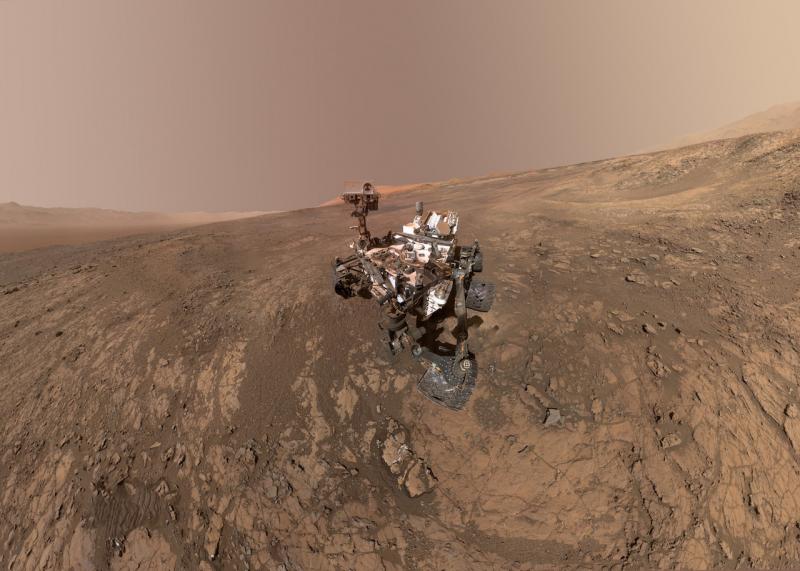
After nearly 6 years of exploration of the Gale Crater, NASA’s Curiosity robot passes the 2000-sols mark (1 sol = 1 Martian day = 24 hr 40 min) on the […]
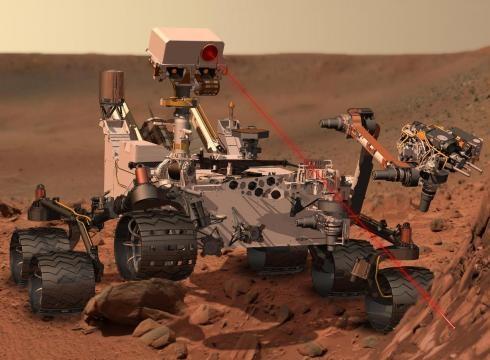
Far exceeding the duration of its mission, initially planned for two years, the Curiosity rover, equipped with the two instruments SAM and ChemCam designed with the participation of France, has […]

The existence of a link between the terrestrial xenon isotopic composition and that of comet 67P / Churyumov-Gerasimenko has just been demonstrated by an international consortium of researchers1 including those of […]
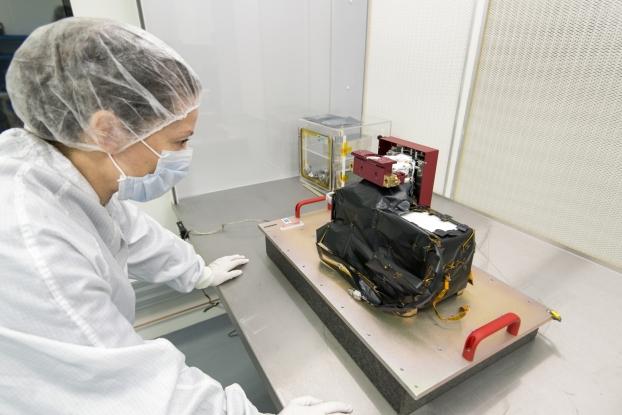
The PAS (Proton-Alfa Sensor) sensor, designed and developed by the IRAP teams (CNRS / CNES / Paul Sabatier University), will be delivered to ESA on 13 June 2017 to equip […]
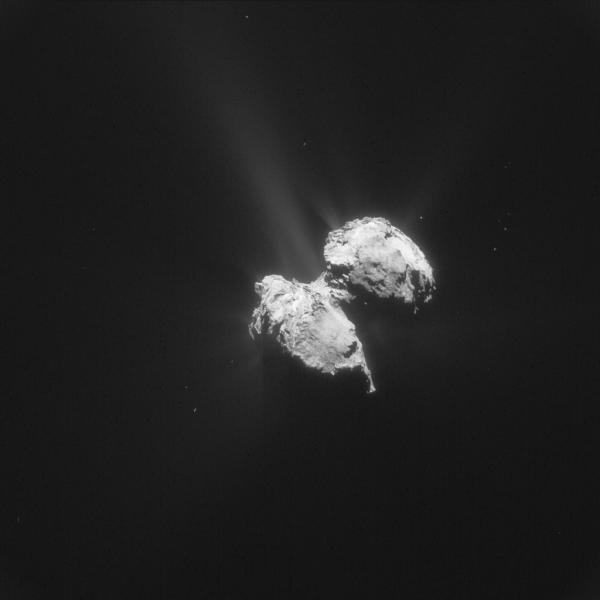
The heating produced by the disintegration of isotopes of aluminum and iron potentially present in the 67P / Churyumov-Gerasimenko comet would have been too intense at the beginning of the […]
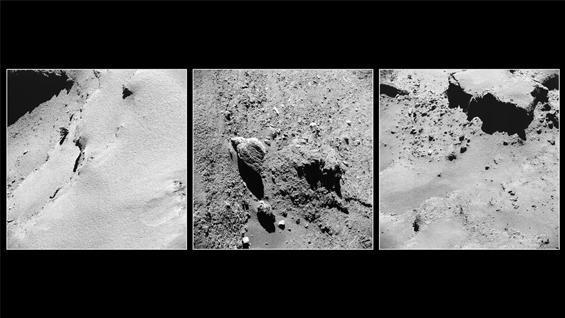
Measurements of the Rosetta mission’s CONSERT experiment made it possible for the first time to observe the interior of a comet and to estimate the average composition of the nucleus. […]
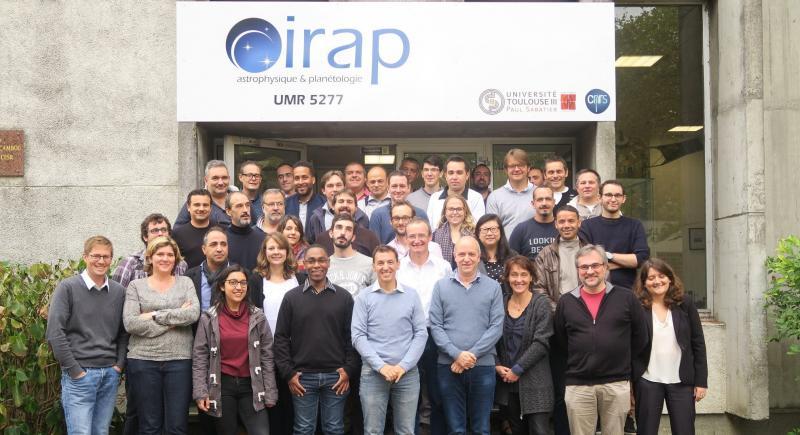
On December 7, 8 and 9, 2016, the SuperCam team made up of researchers from IRAP (Paul Sabatier University of Toulouse & CNRS) and engineers of the Scientific Instrumentation Group […]
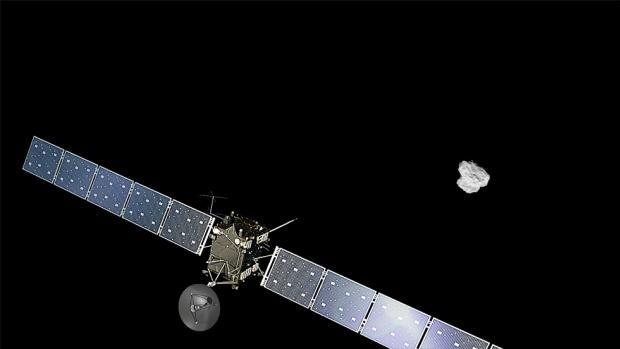
The symposium “COMETS, a new vision after Rosetta and Philae” organized by the CNES and the IRAP (Université Paul Sabatier of Toulouse & CNRS) with financial support from ESA, was […]
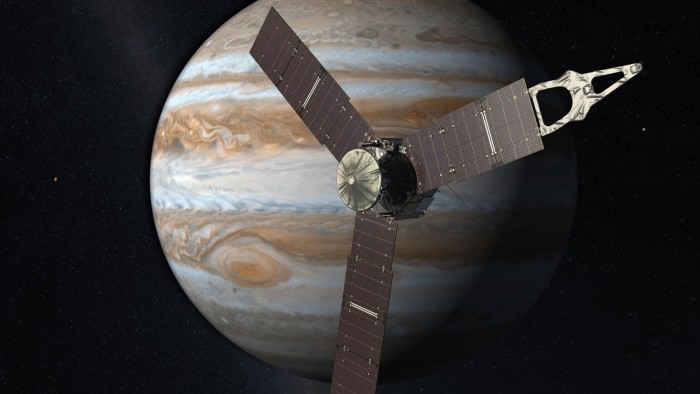
The Juno Mission Juno is a NASA space mission to study the planet Jupiter. The structure of this gas giant planet, its mode of formation but also the functioning of […]